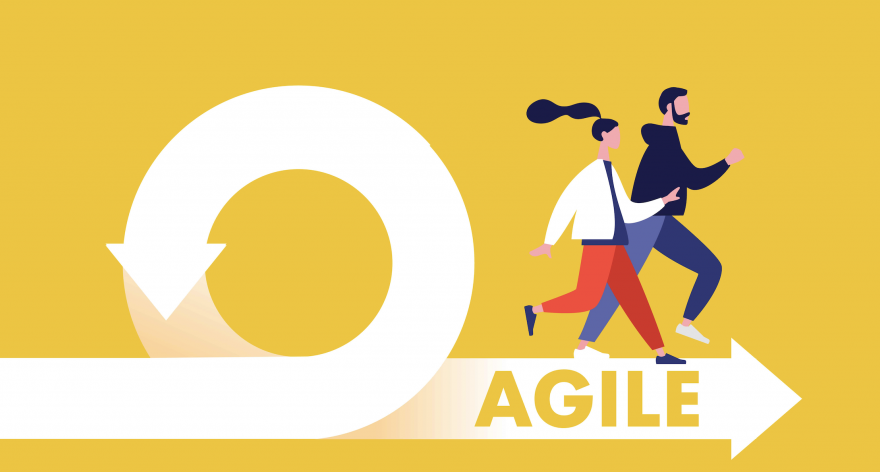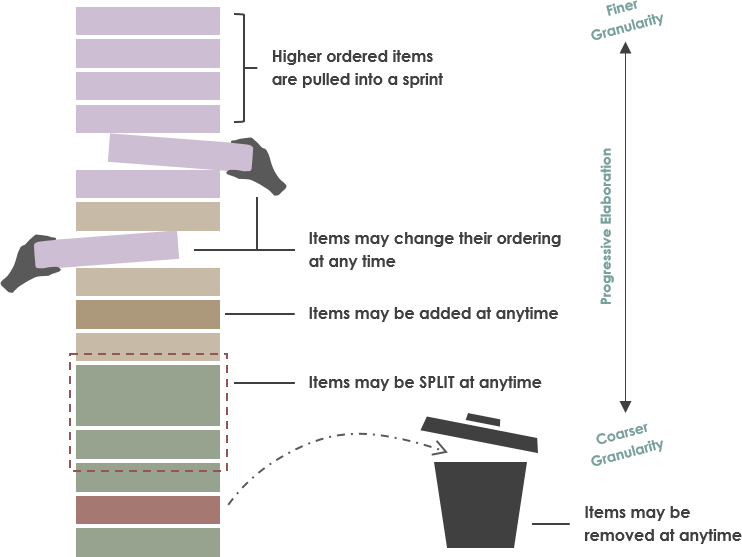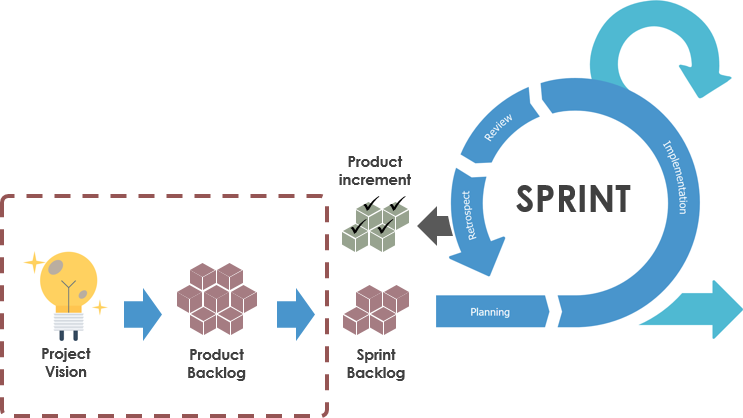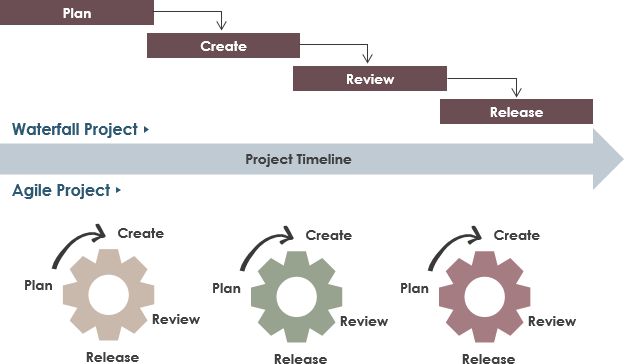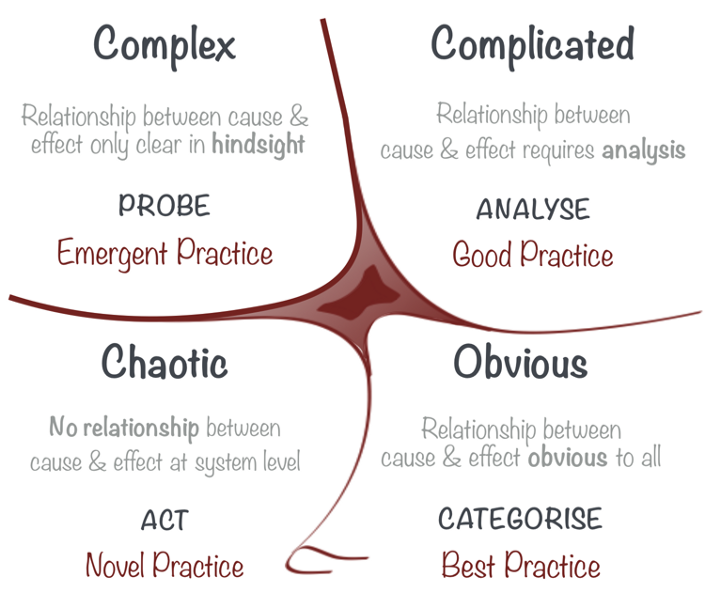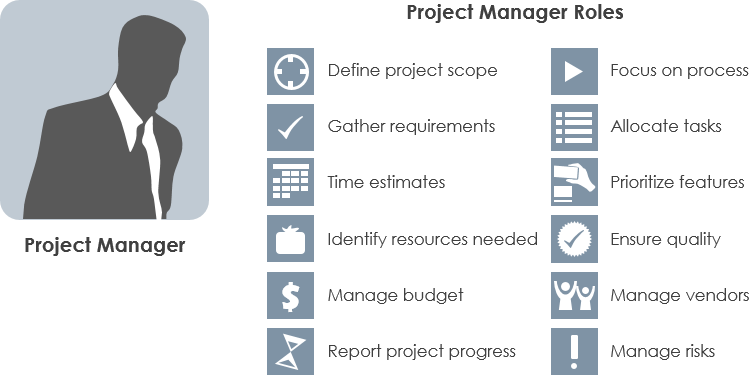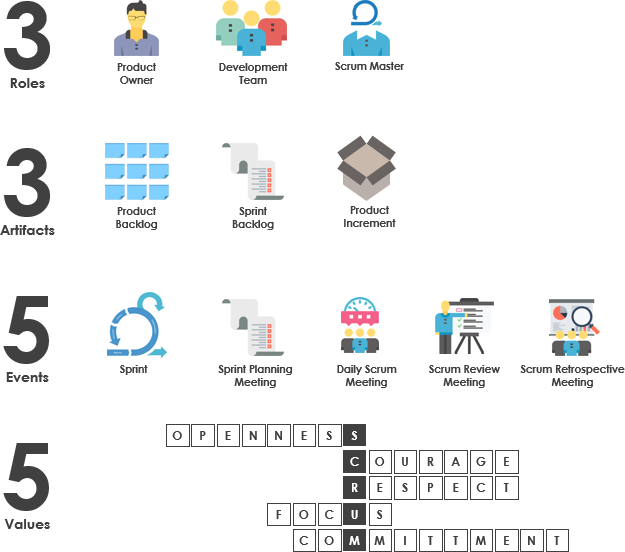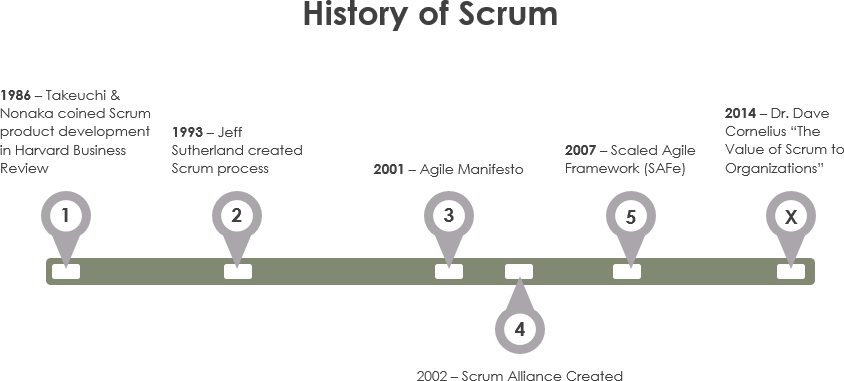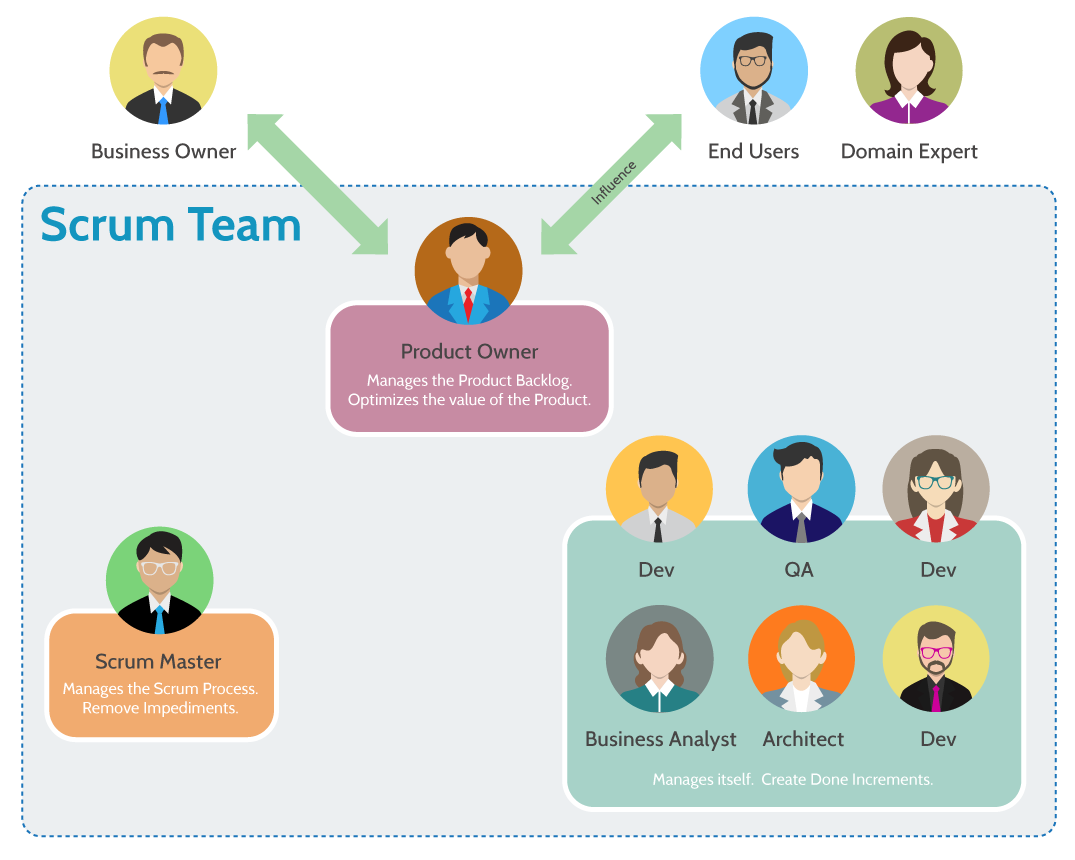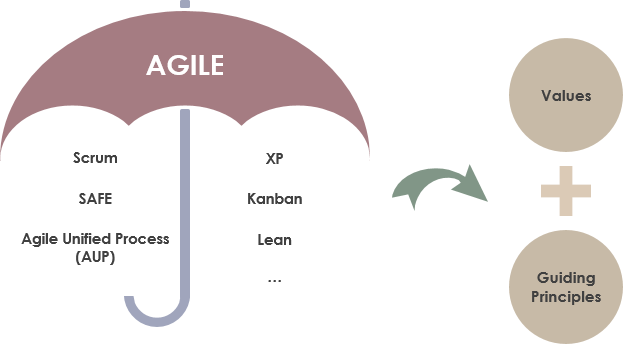The history of the Scrum method starts in 1986. That year, two Japanese business experts introduced the term in the context of product development. Hirotaka Takeuchi and Ikujiro Nonaka published the article, “New New Product Development Game” (the double “New” is indeed part of the title) in the Harvard Business Review. The authors described a new approach to commercial product development that would increase speed and flexibility. Their inspiration came from case studies from manufacturing firms in the automotive, photocopier, and printer industries.
Continue reading
